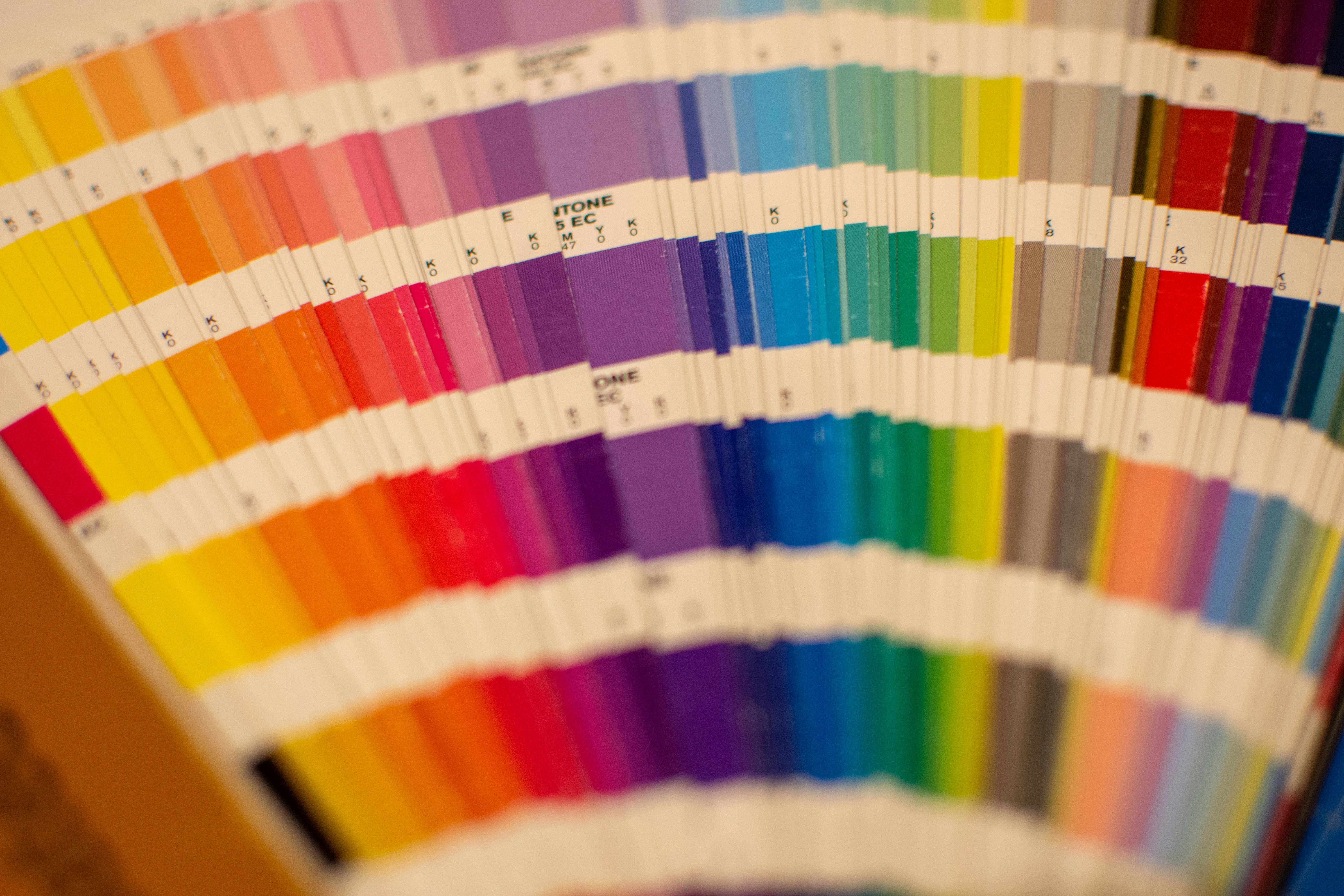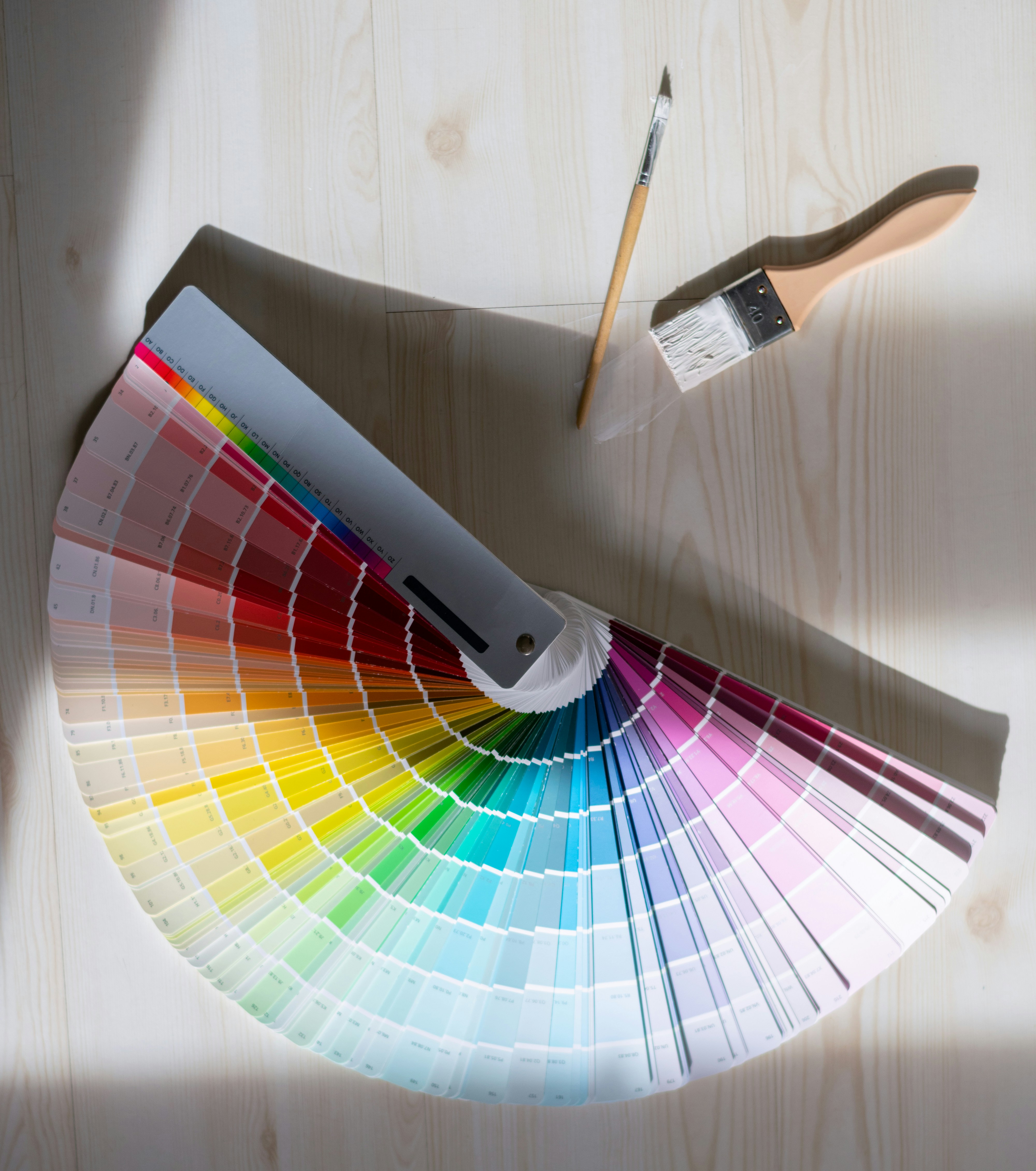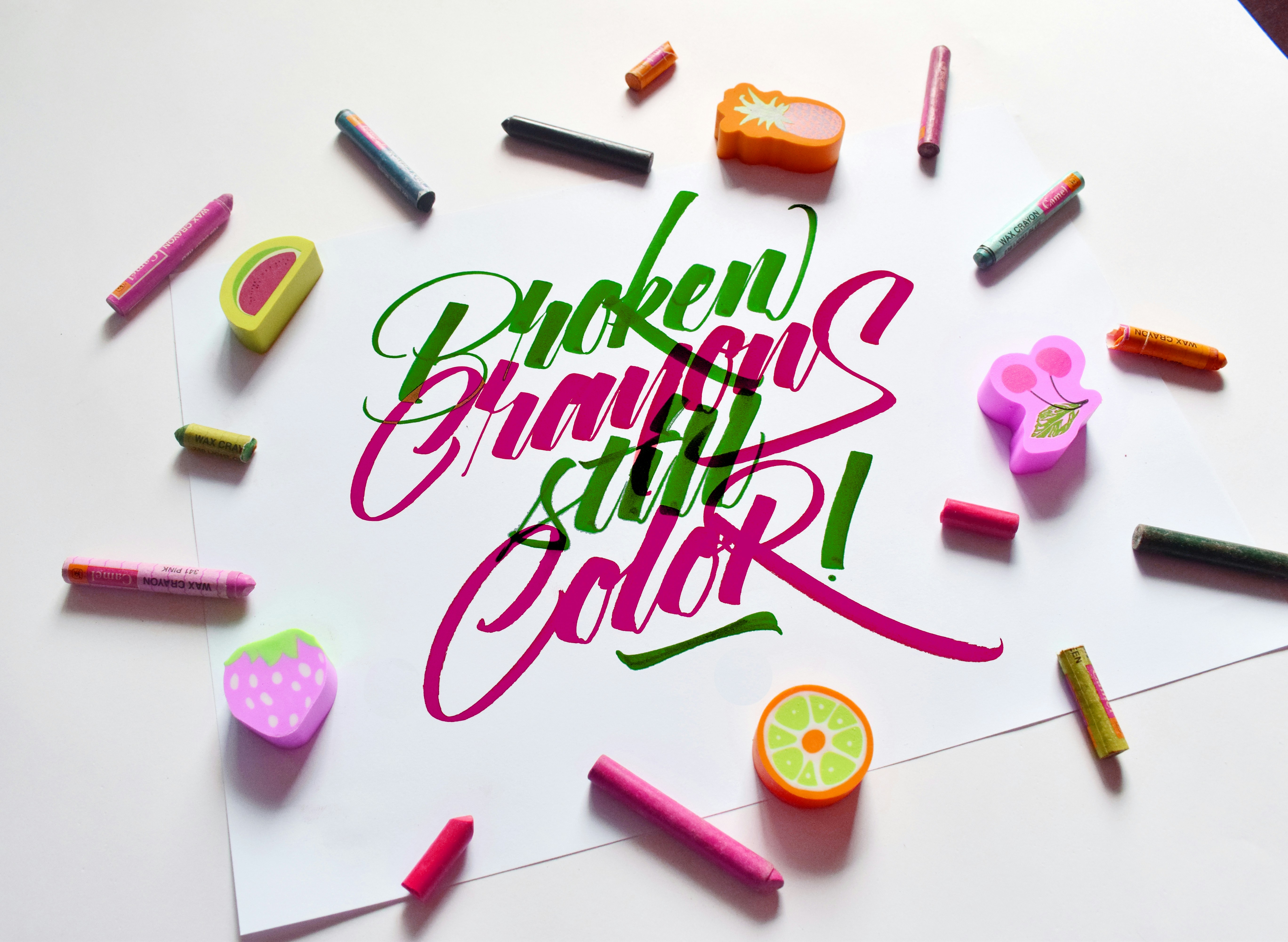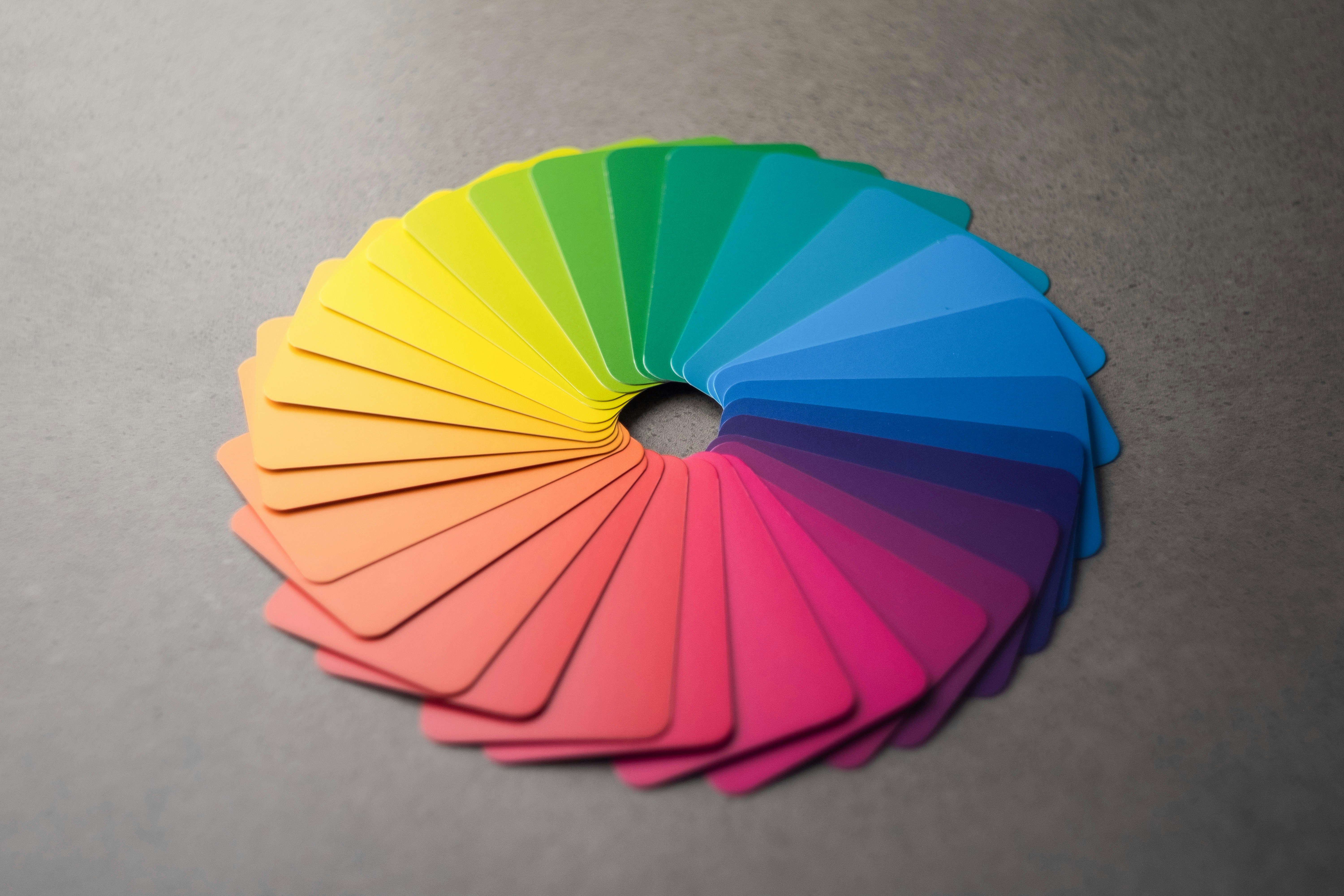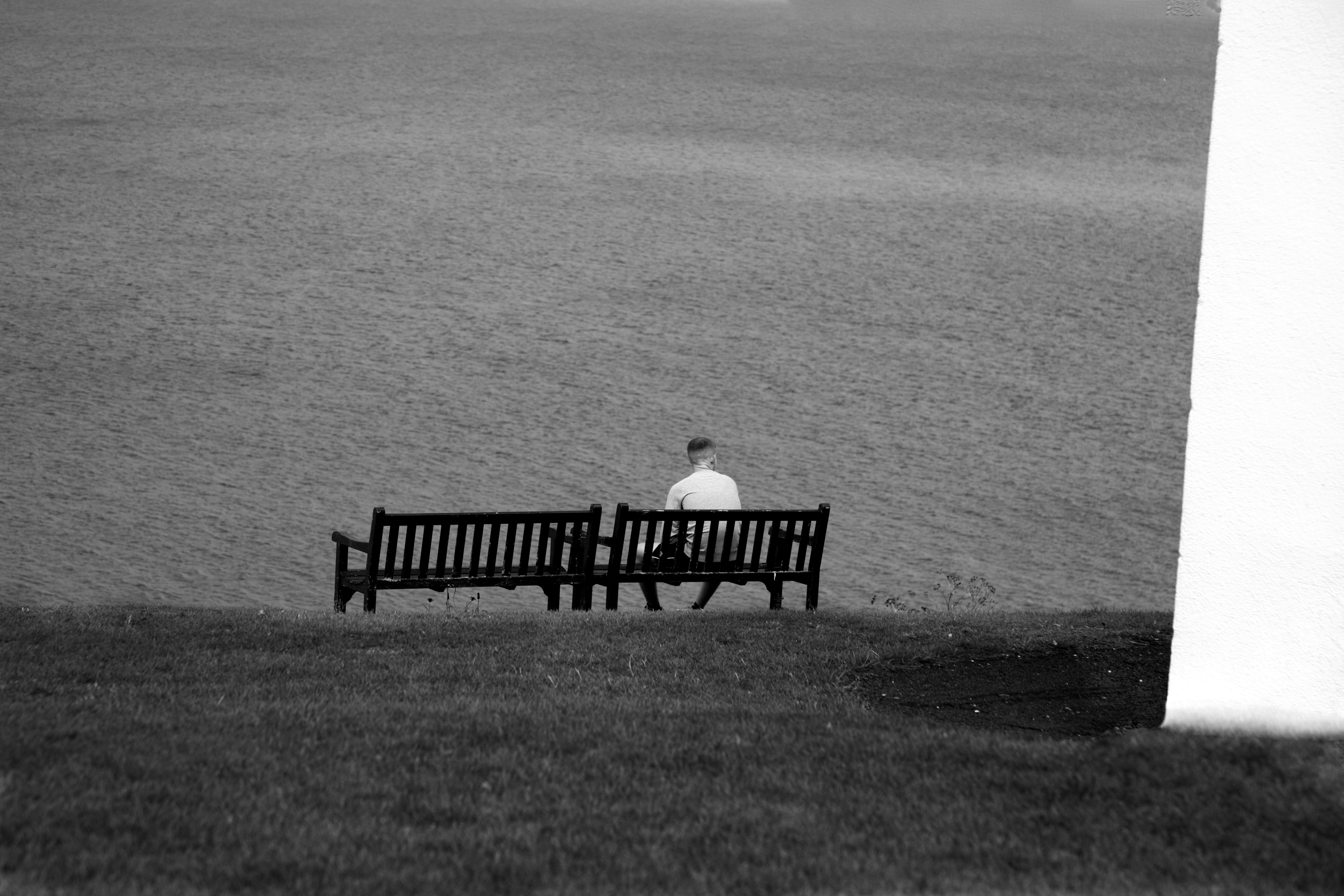Transform Your Mood with Color Therapy: Discover Its Healing Power!
Are you feeling a bit off today? Perhaps a pop of color in your environment might be precisely what you need. Color therapy, or chromotherapy, isn’t just a whimsical idea; it has real healing potential rooted in psychology and neuroscience. This compelling method utilizes the wavelengths of color to alter perceptions, evoke emotions, and improve well-being. With so much evidence pointing to its effectiveness, let’s explore how ambient lighting and colors in your home can profoundly transform your mood and productivity.
Understanding Color Therapy
Color therapy is founded on the principle that colors can significantly influence our emotional states. Colors emit different wavelengths of light, and each wavelength not only affects physical health but also plays a pivotal role in mental and emotional well-being. For instance, research shows that warm colors such as red and yellow can create feelings of energy and excitement, while cool colors like blue and green tend to evoke calmness and tranquility.
This therapeutic approach can be easily integrated into your daily life—you simply need to pay attention to the colors surrounding you. Think of your home; is it a sanctuary of soothing hues or a cacophony of jarring shades? A mindful adjustment of your environment can set your emotional state on the right path. If you're interested in how colors influence aspects beyond mood, consider discovering how food colors can boost energy and productivity.
The Science Behind Color Psychology
Color psychology is a burgeoning field of study that looks into how colors impact human behavior. For example, studies have indicated that blue hues can enhance creativity and concentration. In contrast, bright yellow may stimulate happiness and energy. Understanding these nuances can help design environments that foster productivity and well-being.
A general rule of thumb in color therapy is to use colors based on the kind of mood you wish to cultivate. If you’re looking to create a space for relaxation, soft blues and greens are the way to go. Conversely, if you want to inspire creativity and motivation, consider introducing bright and vibrant colors into your environment instead.
Experts like those at the Harvard Business Review have noted the importance of environmental design in enhancing performance and well-being. Spaces that are intentionally designed with color in mind can significantly bolster productivity levels and emotional resilience.
The Impact of Ambient Lighting
While colors carry their significance, we can’t talk about color therapy without touching on ambient lighting. The way light interacts with color can enhance or diminish its intended impact. Natural light is ideal; it reveals the true nature of colors and usually uplifts mood. Yet, it's not always accessible—especially in urban settings.
To recreate the effects of sunlight, consider using smart lighting systems that adjust their hues throughout the day. For instance, soft white light can mimic dawn, promoting alertness and energy in the morning. In the evening, a warmer light can transition your space into a restful environment conducive to winding down.
Explore how ambient sound also plays a critical role in your wellness journey. Harmonizing sound and color can elevate the healing atmosphere of your space seamlessly. For additional nuances on sound, check out this article on harnessing home noises for wellness.
Creating Your Color Therapy Space
So, how do you integrate these insights into your home? Follow these steps to craft a space that promotes healing through color therapy:
-
Identify Your Needs: Recognize the moods or states of mind you wish to cultivate—are you aiming for relaxation, creativity, or focus?
-
Choose Your Color Palette: Based on your needs, select a color palette that resonates with you. Research suggests that a palette of no more than three colors can create harmony and avoid visual clutter.
-
Consider the Lighting: Ensure that the ambient lighting complements the colors you've selected. Dimmer switches and adjustable bulbs can make a significant difference in how colors appear during various times of the day.
-
Incorporate Natural Elements: Indoor plants bring life and color into your surroundings, contributing to mental health and emotional stability. Explore the biophilia effect for further insights on how plants can enhance your wellness.
-
Personalize Your Space: Infuse personal touches that bring you joy, whether through artworks, pillows, or decorative elements in your chosen colors.
Mood-Boosting Colors and Their Effects
Each color evokes distinct responses. Familiarize yourself with a few basics:
-
Red: This powerful hue is associated with energy, passion, and action. While it can create excitement, too much red can lead to aggression and anxiety.
-
Blue: Connected to tranquility and serenity, blue hues promote relaxation. They are excellent choices for bedrooms and meditation spaces.
-
Yellow: The color of sunshine, yellow can produce feelings of happiness and motivation. However, excessive yellow can be distracting, making balance essential.
-
Green: Representing nature, green is known for its calming effects and its ability to promote focus. It’s particularly beneficial in workspaces.
-
Purple: Often linked to creativity and spirituality, purple shades can inspire deeper thought. Just a hint of this color in your decor can stimulate imagination.
Incorporating colors that resonate with you can accelerate personal growth and emotional resilience. For a deeper dive into how specific colors can enhance your well-being, consider this interactive experience that teaches you about the impact of color psychology on mood.
Using Color Therapy for Productivity
In today's fast-paced world, productivity is paramount. Creating an environment that enhances focus and efficiency can lead to improved performance. Here are some tips for harnessing color therapy in your workspace:
-
Cool Blues and Greens: Opt for furnishings or wall art in calming blues and greens. Not only do these colors diminish distractions, but they can also enhance cognitive function.
-
Splashes of Yellow: Integrate small aspects of yellow—like a cheerful coffee mug or cushion—to stimulate positivity without overwhelming the senses.
-
Inspirational Art: Consider art pieces featuring vibrant reds or oranges to infuse energy into your space, helping to invigorate you during long working hours.
Joining your color therapy journey with elements of sound can create an ideal environment to boost creativity. Additional techniques that augment your workspace wellness can be explored in this article about how solitude nurtures resilience through journaling.
Practical Applications of Color Therapy
Here’s a quick rundown of practical applications of color therapy:
-
Wall Paints and Décor: Choose colors that align with the intended use of each room. Experiment with different shades to find what works best for you.
-
Lighting Solutions: Utilize colored bulbs or smart lighting systems that shift colors according to the time of day and your emotional needs.
-
Textiles: Incorporate color through textiles—such as pillows, rugs, and curtains—to reinforce the desired vibe.
-
Art and Accessories: Facilitate an emotional response through carefully selected artwork or decorative items that emphasize particular hues.
The Future of Color Therapy
As more individuals and businesses recognize the efficacy of color therapy, we anticipate a growing trend in its application across schools, offices, and personal spaces. Experts project that environments enriched with color psychology principles can lead to significant benefits in both individual and communal settings.
Investing in such spaces can promote well-being and balance amidst our busy lives. Imagine entering an office designed with color therapy principles—one that inspires creativity, enhances focus, and nurtures mental health. Where once colors were merely ornamental, they are now central players in our overall wellness narrative.
As this field evolves, both professionals and laypersons will continue to explore the depths of color's impact on our psychological states. If you seek further insight into innovative wellness methods, consider exploring sound therapy techniques in this excellent resource on sonic healing and its benefits.
Final Thoughts
Color therapy represents more than just a trendy way to enhance your living space; it's a profound tool for emotional and mental well-being. By understanding the emotional impact of colors and pairing them with intentional ambient lighting, you can create an environment that not only lifts your mood but also energizes you. Remember, your space should reflect who you are and what you aspire to achieve.
As you incorporate these elements into your routine, you’ll likely discover more clarity, creativity, and calm. Embrace your journey into the vibrant world of color therapy and witness its transformative impact on your life.
